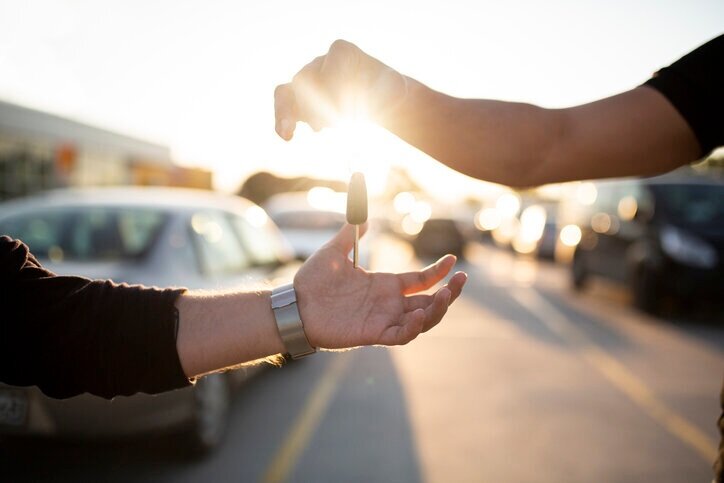
How Marketers Can Adapt To The Latest In Auto Buying
Digital Marketing
Jun 03
The state of the auto industry is in flux. Auto advertisers face unique challenges in the post-pandemic marketplace as they race to meet car buyers’ changing needs and search habits. As customers become increasingly reliant on digital devices to discover new vehicles, advertisers must respond in kind with engaging, actionable content.
Here are some of the ways the auto industry is shifting in the post-COVID world, and what smart marketers can do to remain ahead of the curve.
Latest Challenges Facing Auto Dealers
Several obstacles plaguing auto dealers in the first half of 2021 can be directly attributed to pandemic fallout, including entire parking lots packed with newly-constructed vehicles lacking computer chips due to a global shortage. The issue isn’t being overlooked by new car buyers, as 76% say they are aware of the missing chips, but it hasn’t changed their minds either — 77% of shoppers in the market for a new car say they aren’t planning on delaying their purchase of a vehicle, nor are they considering buying used.
Naturally, limited availability of new cars has driven used car prices to all-time highs, as the desire among consumers to own their own vehicles has risen in light of COVID’s effects on public transport and ride-sharing options. Other, more indirect effects from the pandemic can also be seen in the form of depleted rental fleets serving growing numbers of remote workers.
What Matters to Car Buyers
Adapting a marketing strategy to the industry’s current turbulence means understanding the modern car-buying customer. The path to purchase from initial search to leaving a dealership with keys in hand takes the average buyer 5-12 weeks and consists of at least half a dozen touch-points — more than enough opportunity for marketers to attract potential customers with information crucial to making a purchase.
For the modern car shopper, almost all of these touch-points will occur digitally. Millennials in particular have shown growing interest in discovering and experiencing the digital showroom via personal device. That makes every aspect of a dealership’s online presence a critical element of the new car sales process, including the following basics to a strong digital storefront:
-
Visibility: If customers can’t find you, they can’t buy from you. SEO and SEM efforts should be focused on popular keyword searches from potential shoppers at the beginning of the buying cycle. High funnel marketing efforts can make your brand the customer’s source of truth as they continue their search for a new vehicle in coming weeks.
-
Web Design (UX): If a website is difficult to navigate, customers can’t find the information they need to move forward with the buying process with confidence. Good web design directs customers along the path to purchase with ease.
-
Virtual Options: Showing off a vehicle online can mean setting up virtual test drives, a 360 degree view of the exterior and interior, or seeing their personal preferences updating their dream car’s aesthetic as they check their preferred boxes. The virtual experience aims to capture that exhilarating feeling of spotting a vehicle on the showroom floor.
-
Online Buying: For a marketing strategy to be effective, content must be shoppable — and that means even major purchases like vehicles need to offer digital buying options. Whether it’s creating home delivery for test drives or simply accommodating shoppers still socially distancing amid the pandemic, customers will be grateful for online buying options now, and in the future.
-
Social Efforts: Nothing gives insight into ad successes, customer buying tendencies, changing audiences, or overlooked markets like social media marketing. Placing ads where customers are most likely to experience them keeps potential buyers informed and the sales funnel moving.
The demand for vehicles has far from disappeared. Despite many changes to the industry in recent months, savvy marketers able to maximize their dealerships’ online presence will be rewarded with a growing pool of car shoppers eager to jump behind the wheel.





